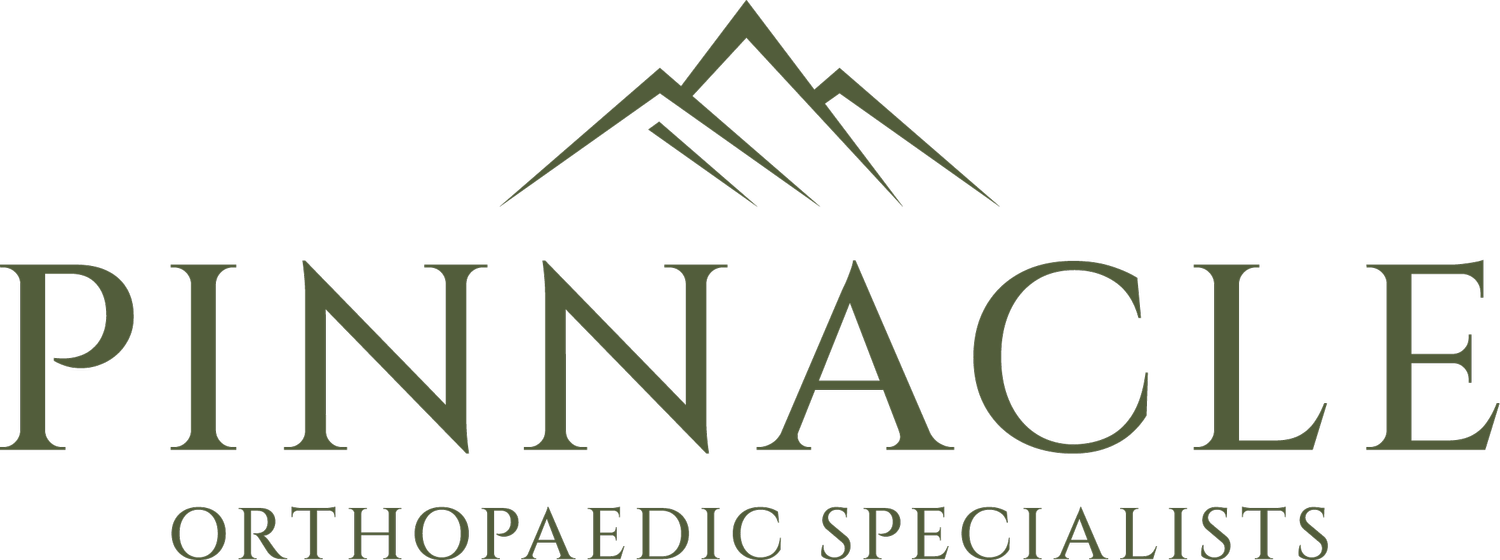What is a Meniscal Injury?
Understanding the Meniscus
The menisci are two C-shaped pieces of cartilage located between the thigh bone (femur) and the shin bone (tibia). They act as shock absorbers and help distribute load evenly across the knee joint, protecting the articular cartilage and contributing to overall joint stability.
Damage to the meniscus increases the risk of developing arthritis over time. When possible, repair is preferred to preserve its protective function. However, not all tears are suitable for repair.
Types of Meniscal Tears
Meniscal tears can be broadly classified into two categories:
1. Traumatic Tears
These result from a significant force applied to a healthy meniscus, often involving twisting or compression. This type of injury typically occurs in active individuals or athletes and often produces a vertical, unstable tear. Symptoms may include pain, swelling, and locking of the knee.
Surgical options for traumatic tears may include either repair or partial resection (removal of the torn segment). One of the most common causes of traumatic meniscal tears is continuing to be active on a knee with an untreated ACL rupture. This is one of the key reasons timely ACL reconstruction is often recommended.
2. Degenerative Tears
These are associated with age-related changes and typically occur in older individuals. Rather than resulting from a single injury, they develop gradually as the meniscus weakens. Degenerative tears often do not heal and may not cause symptoms. In many cases, these tears are incidental findings on MRI and do not require surgical treatment.
When degenerative tears do cause discomfort, especially in knees that already show signs of arthritis, conservative (non-surgical) management is usually preferred.
Treatment Options
Meniscal Repair
Meniscal repair aims to restore the function of the meniscus by suturing the torn edges together. This option is considered when the tear is in a region of the meniscus with an adequate blood supply, as healing is dependent on circulation. Most commonly, meniscal repair is performed in conjunction with ACL reconstruction but can be done on its own.
Recovery after a repair involves:
No weight-bearing for four weeks
Partial weight-bearing for an additional two weeks
Avoiding squatting and running for at least two more months
Adhering to these restrictions is critical for a successful outcome. Physiotherapy is essential, and time off work can be significant, depending on your occupation.
There is also a risk of developing a deep vein thrombosis (DVT) due to limited mobility during recovery. Preventative measures will be discussed as part of your post-operative care.
Meniscal Resection (Meniscectomy)
If a repair is not possible, the torn portion of the meniscus may be removed. This procedure is usually performed as a day surgery under general anaesthetic.
Recovery is generally faster than with repair:
Patients may weight-bear immediately post-surgery
Crutches are used for 1–2 days to assist with gait
Most people can resume normal activities within a few days
Physiotherapy is not always required, and time off work can range from 2 to 14 days, depending on job demands.
At Pinnacle Orthopaedic Specialists, we take a personalised approach to treating meniscal injuries. Whether repair or resection is the most appropriate option, our goal is always to preserve knee function and support long-term joint health.
